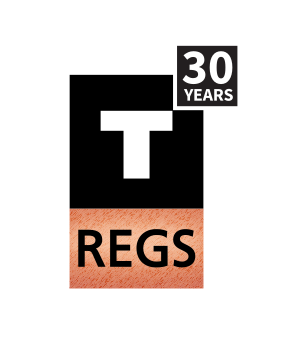
The Belgian regulatory authority BIPT has published a consultation document on wireless local access, making specific reference to WiMAX (IEEE 802.16), highlighting the fact that certain frequencies remain available (currently on a first-come-first-served basis), and putting forward proposals for future frequency allocations.
Key elements of the consultation document are as follows:
Additional frequencies in the 3,5 GHz band
Two operators (Clearwire and MAC Telecom) have been granted 3,5 GHz frequencies by means of a first-come-first-served procedure in the year 2004 (see also a previous T-REGS news item which reported on the opening of the procedure). The BIPT now wishes to explore whether there is a need to make additional 3,5 GHz spectrum available, and makes the following proposals:
Sub-bands 3410-3450 MHz and 3500-3550 MHz are currently used by the Flemish public broadcaster for helicopter transmission links (used to support news and sports television broadcasts), but these bands could be made available for WiMAX-type usage, insofar as the broadcaster is compensated for migration costs (this cost is estimated to be around €750 000, and a migration could be carried out within 6 to 12 months). The BIPT asks whether there would be parties interested in this spectrum for wireless local access purposes, and provides two sample frequency allocation tables for the 3,5 GHz band, which would allow the entry of two additional public wireless access operators in the 3,5 GHz band.
In addition, the BIPT consults on the type of frequency allocation procedure to be followed. Significantly, it does not refer in detail to the first-come-first-served allocation system that it has used in the past few years, but consults on whether a comparative assessment (beauty contest) or an auction procedure should be adopted, and on associated obligations of geographic coverage, quality of service and further obligations.
Unlicensed use of the 5725-5878 MHz Band
As regards the frequency band 5725-5875 MHz, the BIPT very clearly proposes that it should be opened for unlicensed use in the future, consistent with emerging practice in other EU Member States, but the BIPT solicits comments on its proposal.
Fixed versus mobile; local access versus backhaul/core network
The BIPT indicates that nomadic and/or mobile use of wireless local access frequencies is not prohibited in Belgium, but confirms that point-to-multipoint wireless local access can currently only be used to connect end-users (i.e. use for backhaul purposes or for core network links is not permitted today). The BIPT asks whether both end-user access and backhaul/core network applications should be permitted. It also consults on whether there should be a structural separation between regulation for purely fixed applications versus regulation for nomadic and/or mobile applications, making the proposal to apply a first-come-first-served system for any frequency allocation above 10 GHz.
T-REGS Note: This could in fact result in a shift of the frequency bands for which first-come-first-served approach is adopted, given that first-come-first-served has been used in the past several years for fixed wireless access.
Further elements
The BIPT also consults on frequency fees (for licensed frequencies), with a specific proposal to move (for wireless local access) to a system of fees based on the number of MHz allocated rather than related to the number of base stations in operation, and on numbering (E.164 numbers) for WiMAX-type applications.
The full text (in French) of the BIPT consultation document can be accessed by clicking here.
The deadline for responding to this consultation is 17 June 2005.
For a discussion of WiMAX frequency allocation, in Belgium and elsewhere in Europe, please contact Yves Blondeel.
